Communication Efforts in the Nepal Earthquake: Golden 72 Hours
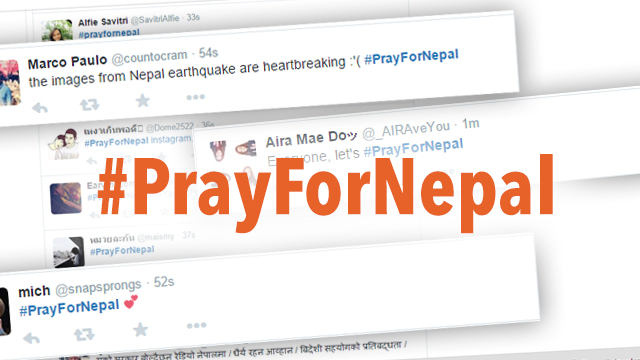
The devastating earthquake in Nepal has become a check on the speed of relief and effective communication efforts. This natural disaster could have been anticipated, yet took authorities and aid agencies by surprise.
The earthquake of 7.8 magnitude is the most destructive one in 80 years of the relative lull in the country since 1934. Moreover, it is also believed to be one of the worst in the world, according to India Express timeline.
An immediate response from the Reported.ly creating the Google Earth Tour gives a perception of the scale of the disaster. Yet as argued by the Earthquake-report.com, it shows only 3% of the devastated zone. A death toll of more than 3.600 people may significantly rise due to lack of contact with the remote mountainous villages, where the damage is supposed to be higher than in Kathmandu.
ICT Tools for Relief
One of the focal humanitarian needs is search and rescue capacity. The first 72 hours, so called “golden” hours after a disaster occurs, are crucial for finding victims of the earthquake. ICT in this case can provide some solutions. What are those in the Nepal earthquake?
Nepal Earthquake Resources and Helplines, promptly created by web users themselves, consists of essential information about embassies, support organizations as well as access to such resources, as, for example, solar lamps.
Person Finder on Google has 2 options: either to look for someone or to report about someone from the disaster area. Search is also available through SMS texting. All you have to do is to text “Search” adding a name of the missing person. CNN encourages to post information about missing people on its platform IReport, data from which will further on be added to the Google database.
Facebook Safety Check lets one see whether his friends are in an affected area and if they are uninjured. Likewise, individuals can report about their state and mark themselves safe. In addition, a Facebook group Pray for Nepal was created to share information about missing people and to post information about needs of the victims and relief actions. For now the group already has nearly 12 thousand likes.
Collective efforts for mapping the natural disaster in Nepal take place on the Wikipedia coordination page with Humanitarian StreetMap team. For those in the area there is also an option to report with I FELT IT thus contributing to assessing the quakes.
In terms of relevant apps one could think about India Helplines and Women Safety developed for women’s safety, which could be used in the Nepal earthquake response as well. It allows searching for helplines without Internet connection; sending your map location to 5 contacts via SMS and recording videos in emergency cases. Furthermore, by switching off “Viber Out” billing, Viber allowed free calls to both mobile and landline numbers until morning of April 28. In general, mobile operators have slashed their call rates or made them free assisting communication process.
It appears that utilizing technology and crowdsourcing information can serve well in the situation when governments and aid agencies are overwhelmed by the challenge of responding to the crisis. Preventive measures in this case could be discussed once again, and, probably, with the involvement of web users on, for instance, OpenQuake Platform, where globally dispersed crowds cowork on risk assessment and earthquakes prediction.
The check on capacity for quick relief actions in the aftermath of the Nepal earthquake is a severe one and there is more than one lesson to be learned about providing information and using communication tools for humanitarian action.
Image via Rappler.com
 New PhD opportunities at the University of Leicester
New PhD opportunities at the University of Leicester Call for Abstracts: New Directions in Media, Communication and Sociology (NDiMS) Conference
Call for Abstracts: New Directions in Media, Communication and Sociology (NDiMS) Conference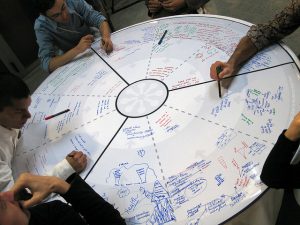 Ørecomm Team to Gather at the University of Coimbra
Ørecomm Team to Gather at the University of Coimbra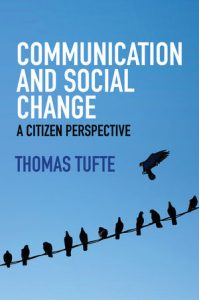 “Communication and Social Change – A Citizen Perspective” Published
“Communication and Social Change – A Citizen Perspective” Published C4D Network to Sum Up Global Communication for Development Practice
C4D Network to Sum Up Global Communication for Development Practice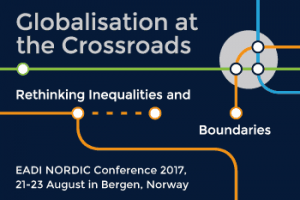 Entering Media and Communication into Development Conferences?
Entering Media and Communication into Development Conferences? IAMCR Conference 2016: Communication for Development Highlights
IAMCR Conference 2016: Communication for Development Highlights Glocal Classroom Revisited – Storytelling & Social Change Leicester-Malmö
Glocal Classroom Revisited – Storytelling & Social Change Leicester-Malmö I EvalComDev International Conference: Call for Papers
I EvalComDev International Conference: Call for Papers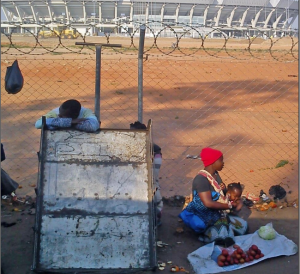 Looking for Media and Communication in Development Conferences: Devres 2016
Looking for Media and Communication in Development Conferences: Devres 2016